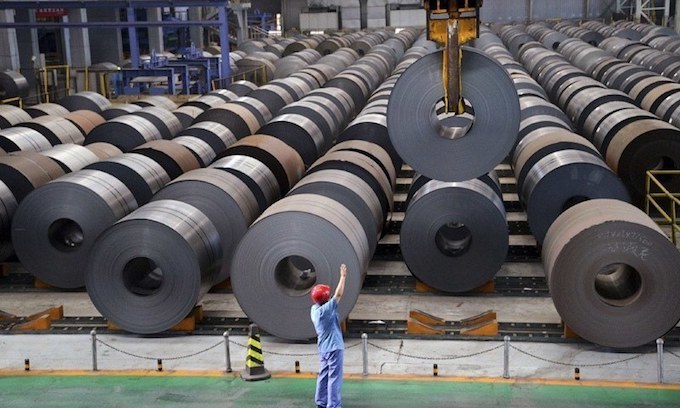
Steel is a durable material and the main structural material for engineering. It represents an alloy of iron with carbon, the content of which in its structure contains 0.01–2.14%. The composition also includes insignificant amounts of silicon, manganese and sulfur. This material has exceptional mechanical properties: hardness and malleability, thanks to which it is considered the main structural material in mechanical engineering. It is difficult to imagine what could replace the steel. A wide variety of products are made of steel – from paper clips to the beds of multi-ton presses and construction pieces of ships. Let’s consider main methods of steel production to understand the process better.
This method is used for the production of high quality steels used in especially important parts of machines and precise mechanisms. At one time this method replaced the labor-intensive and inefficient crucible and pulping melts used before. The loading capacity of a single reflective furnace used in this method reaches 500 tons. The peculiarity of the open-hearth method is the possibility of remelting not only pig iron, but also metallurgical wastes and scrap metal. The heating temperature of the liquid steel reaches 2 thousand degrees. The melting process takes 4 to 12 hours. In order to accelerate the melting process, the volume of injected oxygen exceeds demand, which increases the melting capacity by 20–30%.
When it comes to this method, smelted steel is good for the production of automotive sheet, tool steel, welded structures and other steel billets. By quality, it is inferior to an open-hearth method, and is used for the manufacture of less demanding products. It contains more impurities than in the open-hearth manufacture. Due to the high volume of loading of one furnace up to 900 tons, the method is considered the most productive, therefore, it became widespread.
The processing is transient and lasts up to 20 minutes. During this time, the oxidation of carbon, silicon and manganese contained in the raw materials, happens, and they are further removed from the bath with the molten slag. The converter is a retort-shaped (pear-shaped) vessel, consisting of steel sheets with lining from the inside. One hole is used for casting iron and producing finished steel; it also loads iron and scrap.
Steel production today is carried out mainly this way. (You can buy steel for sale) The share of oxygen-converter production quite recently accounted for up to 60% of world steel production. However, this percentage is reduced due to the appearance of electric arc furnaces (EAF). The furnaces are purged with pure oxygen (99.5%) under high pressure.
The production of steel by electric smelting has a number of undeniable advantages. This method is considered to be the main one in the smelting of high-quality alloy steels. High quality is achieved by the practical absence of phosphorus, sulfur and oxygen in the steels. This method is also used for the production of a wide range of building steels.